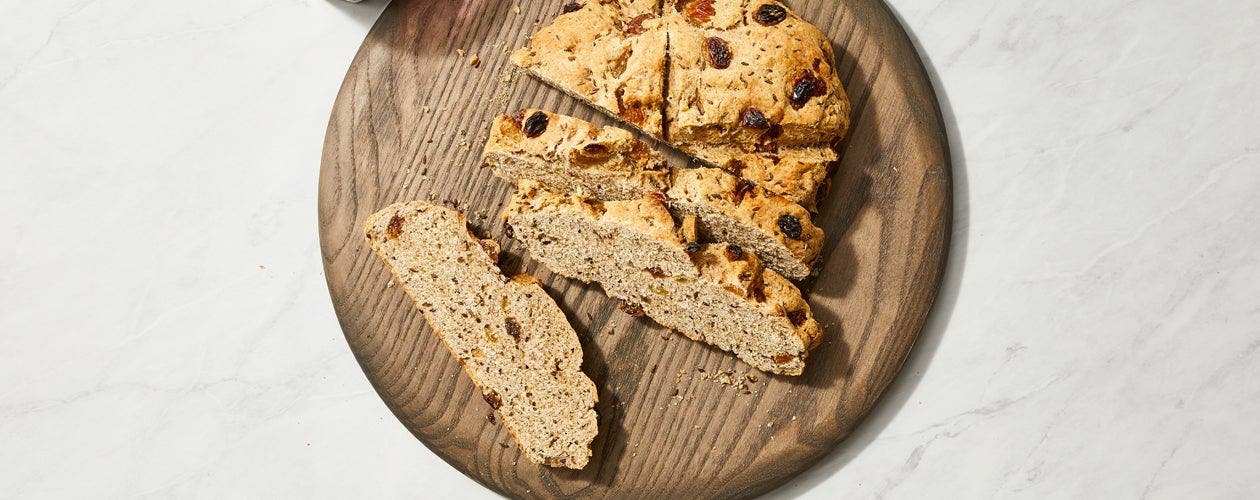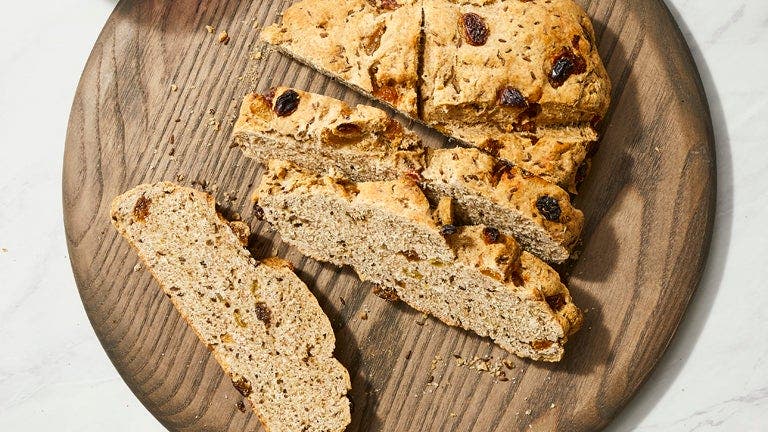Understanding carbohydrates


Food and drinks are mostly made up of three main parts: carbohydrate, protein and fat. But carbohydrate is the only one of these that affects our blood sugar levels. So if you have diabetes, monitoring your carbohydrate intake is particularly important. Eating a consistent amount every day will help you stay healthy and prevent blood sugar spikes and crashes.
What are carbohydrates?
Carbohydrates are the body’s preferred source of fuel. When we eat carbohydrates they’re digested into the simplest form of sugar (glucose), and then absorbed into the blood. This gives us energy and enables our bodies to function and perform all of our daily activities. Any sugar left over is stored in our liver and muscles, so that we can use it when we need more energy (for example, when doing physical activity).
It may help to think of carbohydrates like a brick wall. The bricks that make up the wall are sugar, but when they are stuck together to form a wall, it becomes a carbohydrate. When the wall (carbohydrate) is broken down, the individual bricks are released (becoming glucose).
What is the right amount of carbohydrates to be eating?
This is a very personal thing. We need some carbohydrate every day, but there’s no recommended amount that’s right for everyone. The exact amount that’s right for you will depend on your age, level of activity and a range of factors. The most important thing is that you’re aware of how much carbohydrate you’re eating and that you try to be consistent with this.
If you are taking medications that lower your blood sugar, it’s even more important to be consistent and spread your intake throughout the day to stop your blood sugar levels becoming too low.
Top tips for keeping track of your carbohydrates
- Write it down
Keep a food diary for a week to see how many carbohydrates you’re having. If you find that your meals vary in carbohydrates think of ways you could make this more consistent, such as reducing portion sizes. A target to aim for may be 30-50g per meal
- Use carbohydrate reference tables and books
There’s lots of information available from bookshops and online. One useful resource is Carbs and Cals Counter, which provides pictures of foods of varying portion size with labels of carbohydrate content. - Know the detail
Most food and drink comes with some form of guidance so that you know what (and how much) you’re eating. Look on the label to find the total carbohydrates (not ‘of which are sugars’) for your portion size. For accuracy you may need to weigh some foods such as pasta, rice and potatoes to know how big your portion is - Using the internet and mobile apps
There are lots of nutrition mobile ‘apps’ that let you search food items, including meals from popular restaurants. You can often add your ‘favourites’ to lists to save time later - ‘Guesstimate!’ Use your knowledge
If you are eating out or in a rush use your knowledge to have a ‘best guess’. Avoid using this method all the time though, as you may start to under or overestimate important sources.
Cheyette C, Balolia Y (2016)Carbs & Cals Carb & Calorie Counter: Count Your Carbs & Calories. Chello Publishing. Also available as a mobile app
